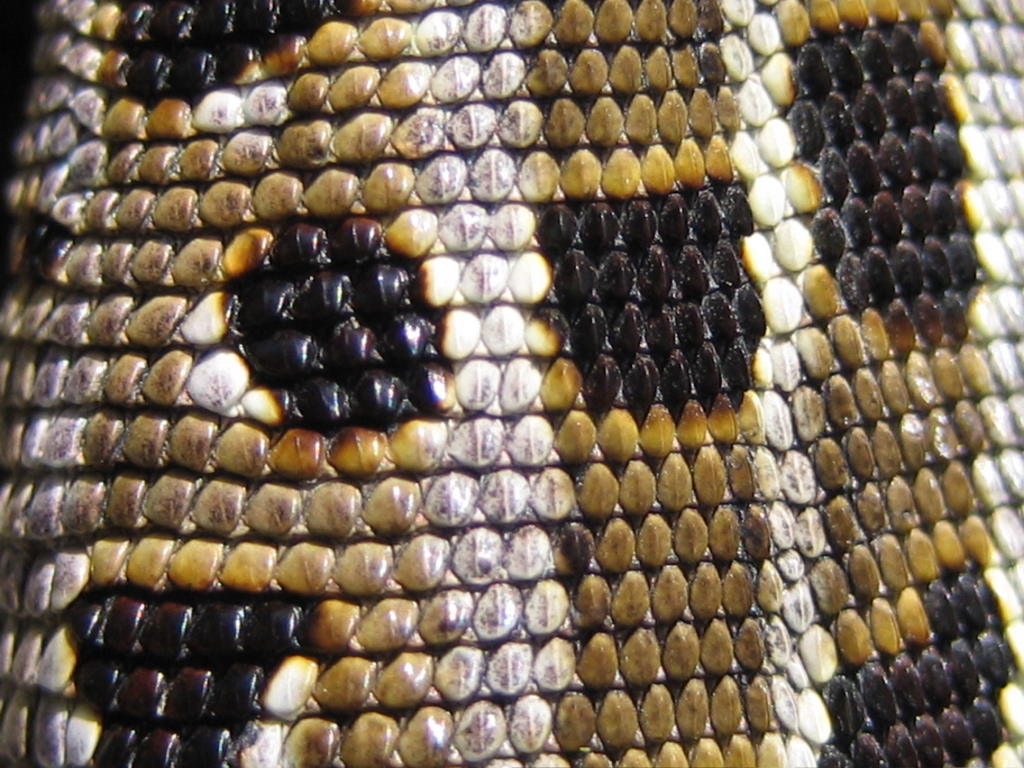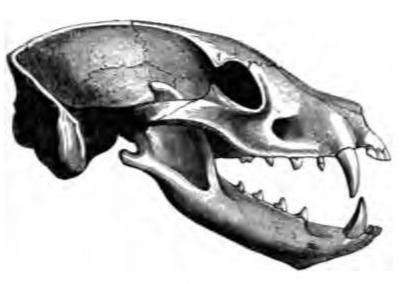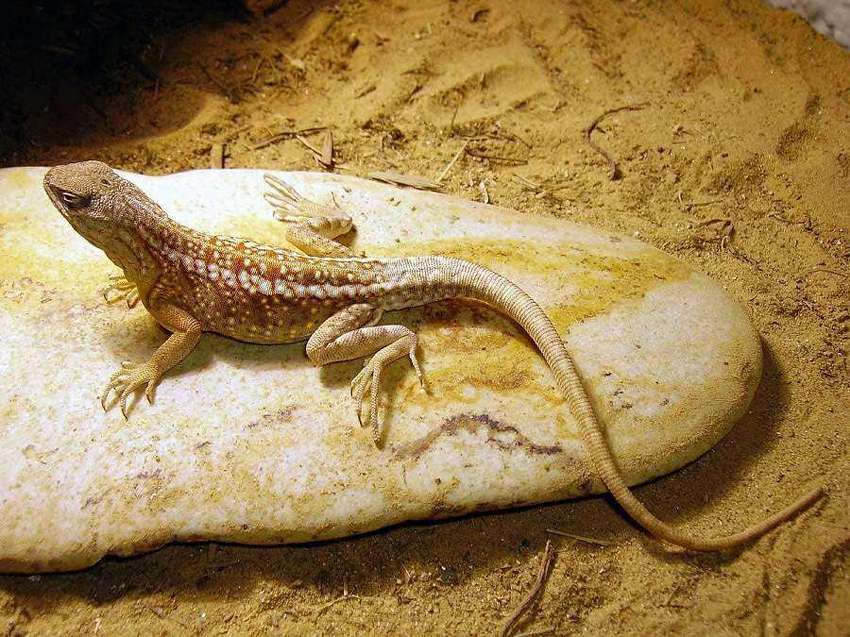|
Chalarodon Steinkampi
''Chalarodon steinkampi'' is a species of Malagasy terrestrial iguanian lizards. It was recognised as a new species in 2015, which is probably microendemic to a small area in south eastern Madagascar. Habitat The species inhabits areas very similar to its sister species, ''Chalarodon madagascariensis'': semi-arid to arid regions with sandy soil that are mostly open. Distribution This species is currently only known from two locations: a locality 30 km north of Amboasary, and Esomony. Morphology ''Calarodon steinkampi'' is a cryptic species. It is easiest distinguished from ''C. madagascariensis'' by its unkeeled gular and ventral scales, which are keeled in the latter species. Other subtle differences include the mental scale being in contact with four postmentals (rather than 5–8), slightly shorter limbs, and fewer spines in its dorsal crest. Nutrition The Madagascar sand lizards are insectivores A robber fly eating a hoverfly An insectivore is a carniv ... [...More Info...] [...Related Items...] OR: [Wikipedia] [Google] [Baidu] |
Malagasy Fauna
The fauna of Madagascar is a part of the wildlife of Madagascar. Madagascar has been an isolated island for about 70 million years, breaking away from Africa around 165 million years ago, then from India nearly 100 million years later. This isolation led to the development of a unique endemic fauna. Before humans arrived about 2,000 years ago, there were many large and unusual animals living there, descended from species that were originally present when Madagascar became an island, or from species that later crossed the sea to Madagascar. Ecological niches were often filled by animals with quite different histories from those on the African mainland, often leading to convergent evolution. A large proportion of these endemic Malagasy animals have died out since the arrival of humans, most particularly the megafauna. Despite this, and massive deforestation, Madagascar is still home to an incredible array of wildlife, the vast majority of which is unique in the world. Mada ... [...More Info...] [...Related Items...] OR: [Wikipedia] [Google] [Baidu] |
Iguania
Iguania is an infraorder of squamate reptiles that includes iguanas, chameleons, agamids, and New World lizards like anoles and phrynosomatids. Using morphological features as a guide to evolutionary relationships, the Iguania are believed to form the sister group to the remainder of the Squamata, which comprise nearly 11,000 named species, roughly 2000 of which are iguanians. However, molecular information has placed Iguania well within the Squamata as sister taxa to the Anguimorpha and closely related to snakes. The order has been under debate and revisions after being classified by Charles Lewis Camp in 1923 due to difficulties finding adequate synapomorphic morphological characteristics. Most Iguanias are arboreal but there are several terrestrial groups. They usually have primitive fleshy, non-prehensile tongues, although the tongue is highly modified in chameleons. The group has a fossil record that extends back to the Early Jurassic (the oldest known member is '' ... [...More Info...] [...Related Items...] OR: [Wikipedia] [Google] [Baidu] |
Lizard
Lizards are a widespread group of squamate reptiles, with over 7,000 species, ranging across all continents except Antarctica, as well as most oceanic island chains. The group is paraphyletic since it excludes the snakes and Amphisbaenia although some lizards are more closely related to these two excluded groups than they are to other lizards. Lizards range in size from chameleons and geckos a few centimeters long to the 3-meter-long Komodo dragon. Most lizards are quadrupedal, running with a strong side-to-side motion. Some lineages (known as " legless lizards"), have secondarily lost their legs, and have long snake-like bodies. Some such as the forest-dwelling '' Draco'' lizards are able to glide. They are often territorial, the males fighting off other males and signalling, often with bright colours, to attract mates and to intimidate rivals. Lizards are mainly carnivorous, often being sit-and-wait predators; many smaller species eat insects, while the Komodo eats mamma ... [...More Info...] [...Related Items...] OR: [Wikipedia] [Google] [Baidu] |
Chalarodon Madagascariensis
''Chalarodon madagascariensis'' is a species of Malagasy terrestrial iguanian lizard native to western, southern, and south eastern Madagascar. Until 2015, it was thought to be the only member of its genus, but a second species, ''C. steinkampi'' was recognised in 2015. It is not yet clear if the distributional range of these two species overlaps. Habitat The species inhabits mainly coastal, semi-arid to arid regions and almost entirely open, or very sparsely vegetated habitats with sandy soil in the province of Toliara, and in the southwestern provinces of Fianarantsoa and Majunga in the southwest of Madagascar. Distribution This species is widespread in western, southern, and eastern Madagascar. Morphology ''Calarodon madagascariensis'' is most easily distinguished from ''C. steinkampi'' by its keeled gular and ventral scales, which are unkeeled in the latter species. Total length is up to 223mm, usually about 200mm. Nutrition The Madagascar sand lizards are insectivore ... [...More Info...] [...Related Items...] OR: [Wikipedia] [Google] [Baidu] |
Amboasary
Amboasary Sud (Amboasary Atsimo) is a town in Anosy Region, Madagascar. It is the main town of Amboasary Sud District. It has a population of 45,989 in 2018. Geography It is located at the Mandrare River, approximately 75 km from Fort-Dauphin and 35 km from Ambovombe. Economy The economy of the town is dominated by sisal plantations and 3 transforming companies. Sports * FC Amboasary Atsimo (regional soccer champion 2011 & 2012) * ASMO Amboasary (regional soccer champion 2020) Points of interest *The privately owned Berenty Reserve Berenty Reserve is a small private reserve of gallery forest along the Mandrare River, set in the semi-arid spiny forest ecoregion of the far south of Madagascar. For more than three decades the late primatologist Alison Jolly (who started the res ... is close to Amobasary. * Bay of Italy (''Italy'' significates ''Where there is the wind'' in Malgache language) * Anony Lake with its flamingoes and the caves called ''Jurassique Cirque'' (Jur ... [...More Info...] [...Related Items...] OR: [Wikipedia] [Google] [Baidu] |
Species Complex
In biology, a species complex is a group of closely related organisms that are so similar in appearance and other features that the boundaries between them are often unclear. The taxa in the complex may be able to hybridize readily with each other, further blurring any distinctions. Terms that are sometimes used synonymously but have more precise meanings are cryptic species for two or more species hidden under one species name, sibling species for two (or more) species that are each other's closest relative, and species flock for a group of closely related species that live in the same habitat. As informal taxonomic ranks, species group, species aggregate, macrospecies, and superspecies are also in use. Two or more taxa that were once considered conspecific (of the same species) may later be subdivided into infraspecific taxa (taxa within a species, such as bacterial strains or plant varieties), that is complex but it is not a species complex. A species complex is in most ca ... [...More Info...] [...Related Items...] OR: [Wikipedia] [Google] [Baidu] |
Keeled Scales
Keeled scales refer to reptile scales that, rather than being smooth, have a ridge down the center that may or may not extend to the tip of the scale, Campbell, J. A., Lamar, W. W. (2004). ''The Venomous Reptiles of the Western Hemisphere''. Ithaca and London: Comstock Publishing Associates. 870 pp. 1,500 plates. . making them rough to the touch. According to Street's (1979) description of European lizards and snakes, in those that have keeled scales the keels are usually stronger in male specimens and are consistently arranged according to the species of reptiles, even though many others do not have them. With European lizards, the dorsal scales are usually well keeled, while those on the flanks are more weakly keeled and those on the belly smooth. Street, D. (1979). ''The Reptiles of Northern and Central Europe''. London: B.T. Batsford Ltd. 268 pp. . Non-European lizards such as '' Sphaerodactylus macrolepis'' also display keeled scales. Klauber (1997), describes how the keels ... [...More Info...] [...Related Items...] OR: [Wikipedia] [Google] [Baidu] |
Mental Scale
The mental scale, or mental, in snakes and other scaled reptiles refers to the median plate on the tip of the lower jaw.Wright AH, Wright AA. 1957. Handbook of Snakes. Comstock Publishing Associates (7th printing, 1985). 1105 pp. . It is a triangular scale that corresponds to the rostral of the upper jaw.Mallow D, Ludwig D, Nilson G. 2003. True Vipers: Natural History and Toxinology of Old World Vipers. Malabar, Florida: Krieger Publishing Company. . The reference to the term 'mental' comes from the mental nerve which addresses the chin and lower jaw in animals. In snakes, the shape and size of this scale is sometimes one of the characteristics used to differentiate species from one another. Related scales * Rostral scale * Labial scales See also * Snake scales * Anatomical terms of location Standard anatomical terms of location are used to unambiguously describe the anatomy of animals, including humans. The terms, typically derived from Latin or Greek roots, describe ... [...More Info...] [...Related Items...] OR: [Wikipedia] [Google] [Baidu] |
Insectivores
A robber fly eating a hoverfly An insectivore is a carnivorous animal or plant that eats insects. An alternative term is entomophage, which can also refer to the human practice of eating insects. The first vertebrate insectivores were amphibians. When they evolved 400 million years ago, the first amphibians were piscivores, with numerous sharp conical teeth, much like a modern crocodile. The same tooth arrangement is however also suited for eating animals with exoskeletons, thus the ability to eat insects is an extension of piscivory. At one time, insectivorous mammals were scientifically classified in an order called Insectivora. This order is now abandoned, as not all insectivorous mammals are closely related. Most of the Insectivora taxa have been reclassified; those that have not yet been reclassified and found to be truly related to each other remain in the order Eulipotyphla. Although individually small, insects exist in enormous numbers. Insects make u ... [...More Info...] [...Related Items...] OR: [Wikipedia] [Google] [Baidu] |
Chalarodon
''Chalarodon'' is a genus of Malagasy terrestrial iguanian lizard. It was considered a monotypic genus, until in 2015 a second species, '' Chalarodon steinkampi'', was recognised based on morphology and DNA sequence data. The common names of this genus include Chalarodon or Dangalia lizard. Its Malagasy relatives are the iguanians of the genus '' Oplurus''. Species Two species of ''Chalarodon'' exist: Habitat Members of this genus inhabit semi-arid to arid regions and almost entirely open, or very sparsely vegetated habitats with sandy soil in southern, western, and south eastern Madagascar. Nutrition The Madagascar sand lizards are insectivores A robber fly eating a hoverfly An insectivore is a carnivorous animal or plant that eats insects. An alternative term is entomophage, which can also refer to the human practice of eating insects. The first vertebrate insectivores were .... In addition to insects, sometimes plants are ingested, particularly in the form o ... [...More Info...] [...Related Items...] OR: [Wikipedia] [Google] [Baidu] |
Endemic Fauna Of Madagascar
Endemism is the state of a species being found in a single defined geographic location, such as an island, state, nation, country or other defined zone; organisms that are indigenous to a place are not endemic to it if they are also found elsewhere. For example, the Cape sugarbird is found exclusively in southwestern South Africa and is therefore said to be ''endemic'' to that particular part of the world. An endemic species can be also be referred to as an ''endemism'' or in scientific literature as an ''endemite''. For example ''Cytisus aeolicus'' is an endemite of the Italian flora. ''Adzharia renschi'' was once believed to be an endemite of the Caucasus, but it was later discovered to be a non-indigenous species from South America belonging to a different genus. The extreme opposite of an endemic species is one with a cosmopolitan distribution, having a global or widespread range. A rare alternative term for a species that is endemic is "precinctive", which applies to s ... [...More Info...] [...Related Items...] OR: [Wikipedia] [Google] [Baidu] |
Reptiles Of Madagascar
Reptiles, as most commonly defined are the animals in the class Reptilia ( ), a paraphyletic grouping comprising all sauropsids except birds. Living reptiles comprise turtles, crocodilians, squamates (lizards and snakes) and rhynchocephalians (tuatara). As of March 2022, the Reptile Database includes about 11,700 species. In the traditional Linnaean classification system, birds are considered a separate class to reptiles. However, crocodilians are more closely related to birds than they are to other living reptiles, and so modern cladistic classification systems include birds within Reptilia, redefining the term as a clade. Other cladistic definitions abandon the term reptile altogether in favor of the clade Sauropsida, which refers to all amniotes more closely related to modern reptiles than to mammals. The study of the traditional reptile orders, historically combined with that of modern amphibians, is called herpetology. The earliest known proto-reptiles originated aroun ... [...More Info...] [...Related Items...] OR: [Wikipedia] [Google] [Baidu] |




.jpg)
